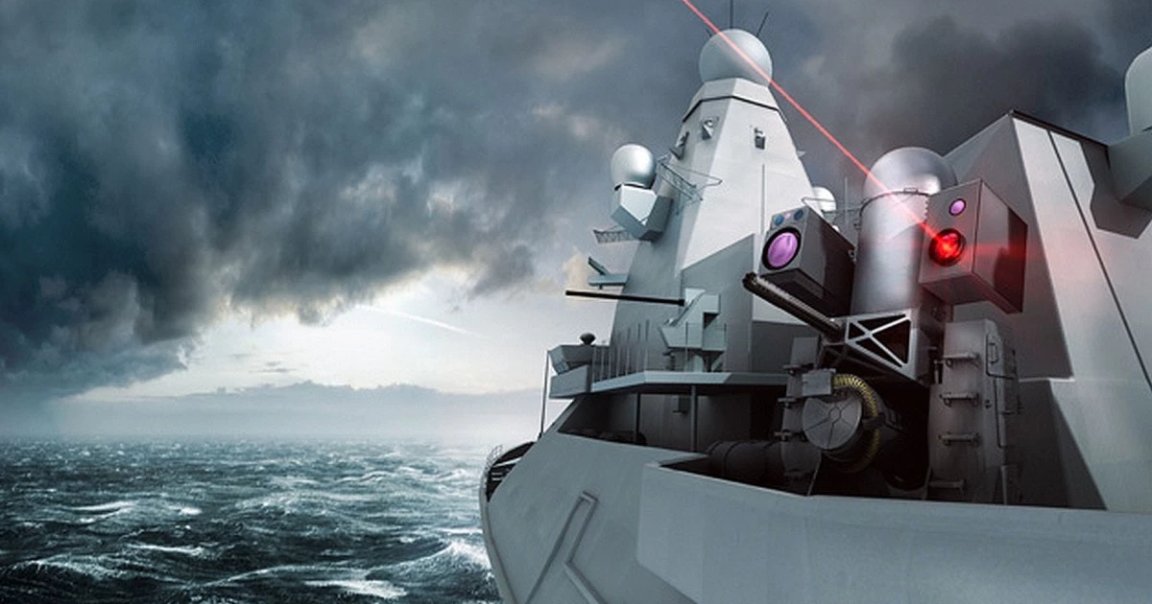
Dragonfire
The Royal Navy is testing a strikingly steampunk mechanical energy system for its Dragonfire Laser Directed Energy Weapon on its most advanced ships. And the new system’s design originally came from an unlikely source: the Williams Formula 1 team.
The Royal Navy is hoping its new Flywheel Energy Storage System (FESS) will reduce the impact on the rest of the ship when it needs to draw huge amounts of power for the energy weapon — while avoiding safety concerns such as lithium batteries starting fires on board a ship.
“This technology was originally developed by the Williams F1 team,” said U.K. military spokesperson Andrew Tate in a press release. “We saw an attractive option to bolster defence capability through the provision of more robust and futureproof power systems for naval ships.”
Flywheel Energy
The Dragonfire itself is a powerful 50 kW laser that could “protect our maritime and land forces” from “missiles or soldiers from enemy mortars,” according to the Ministry of Defense, as quoted by the UK Defence Journal.
But such a beast of a weapon on board a warship poses an engineering challenge. To meet its energy requirements, a coalition between U.S. and U.K. researchers decided to take advantage of the FESS, a system that “uses innovative high-speed & lightweight flywheels to provide high-power electrical pulses that these future systems require,” according to a press release.
The most common use of a flywheel is inside a car’s transmission. It stores rotational energy when the clutch is disengaged, and can transfer that energy back once its engaged again after a gear change.
In the same way, energy needed to fire a laser could be stored by a number of flywheels.
READ MORE: UK & USA test Naval power systems [Defence Science and Technology Laboratory]
More on navy lasers: The Navy Is Incinerating Hard Drives About Laser Weapon Research